Having spent years in the shadow of Italy’s picturesque, Renaissance-style northern regions, Puglia’s star is now on the ascent. The world’s glitterati are flocking to Italy’s rustic heel and, despite its glam new image, cheap and convenient flights mean its beautiful beaches, authentic Italian fare and wealth of historic architecture remain within surprisingly easy reach.
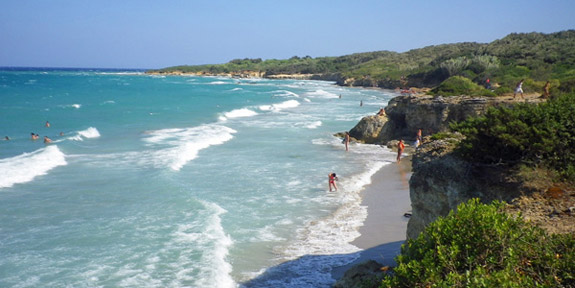
Why go?
Puglia’s key strengths are threefold. First, it’s pretty. The region’s long history is manifested in its architecture, which spans various fortified Grecian towns, splendid Norman cathedrals and notable Baroque gems (particularly in the town of Lecce). Most distinctive of all are the trulli that pepper the region’s olive groves and towns; these simple dry-stone storage huts resemble miniature oast-houses or oversized beehives, depending on your point of view. Some, like Villa Cervarolo, have since been converted into stylish boutique holiday villas.
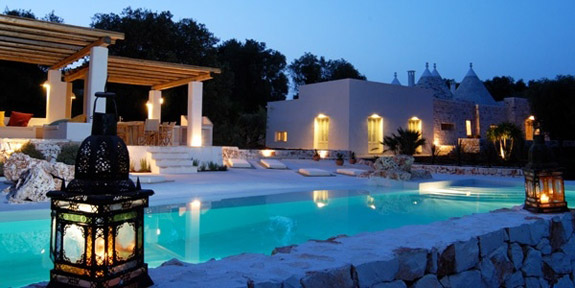
Puglia’s second strength is its beaches, often described as some of the best in Italy. We particularly like the horseshoe bays of the Torre Guaceto nature reserve, the rugged limestone cliffs of the Gargano Peninsula, and the azure shallows of the Salentine Peninsula. After a fabulous day of sightseeing and swimming, it’s time to eat. This is where Puglia’s third key strength really comes into its own. The food here is trulli (apologies!) fabulous. Authentic farmers’ recipes have been refined over time and are enhanced by fresh and tasty local ingredients. It’s true what they say: Italian dining is an entirely different experience from its UK imitations – we still daydream about the buttery gnocchi and super-fresh pizzas from our last visit.

Highlights
So, where to make the most of these charming characteristics? The southern town of Lecce is a treasure trove of Baroque styling; despite its ugly modern perimeter, the centre is a veritable feast of dramatic churches, palazzi and civic halls, plus the town holds the remains of a huge Roman amphitheatre. Palazzo Guglielmo is within easy driving distance, and allows you to stay in the pretty, unspoilt village of Vignacastrisi.
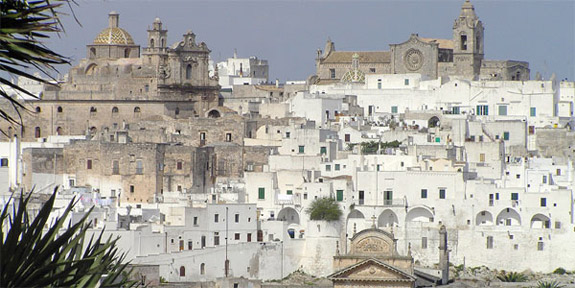
Alberobello is ‘trulli central’, with 1500 of the famous conical huts, but consequently it’s also rammed with tourists and somewhat tacky souvenir shops. We recommend an afternoon visit, followed by a short jaunt south to our favourite hill town of Ostuni. Here, narrow alleys are lined with Cycladic-white houses and Baroque churchfronts, while a hulking Aragonese cathedral presides over the town. Next door, the 16th-century palazzo of La Sommita houses one of Puglia’s few Michelin-starred restaurants, serving exquisite local food in an elegant vaulted dining room.
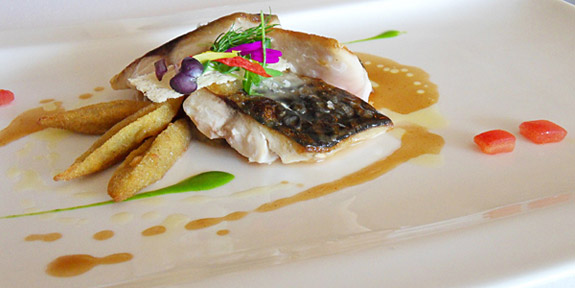
Just across the border in the Basilicata region, you’ll find the dramatic, UNESCO-listed cave-town of Matera. Inhabited since prehistoric times, the simple dwellings were carved directly into the soft tufa walls of the ravines, and today visitors can still explore its winding alleys and frescoed cave-churches. If all this history really captures your imagination, you can live it first-hand at Le Grotte della Civita.
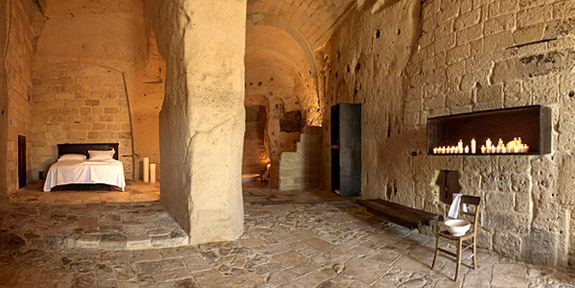
With Italy’s longest coastline on your doorstep, it’d be a shame not to visit at least one beach while you’re here. The Salentine Peninsula, for example, has some of the most idyllic yellow-sand-azure-sea combinations in Italy. We particularly like the secluded coves of the Baia dei Turchi on the Adriatic side, which are backed by heady cliffs.
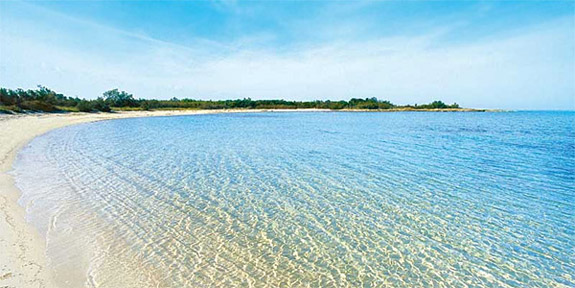
For a slightly wilder shoreline, the Torre Guaceto nature reserve (just north of Brindisi) has a 7km stretch lined with flowering maquis and topped by a 16th-century watchtower. It’s only accessible by foot, and the route is home to lizards, kingfishers, tortoises and sea birds.
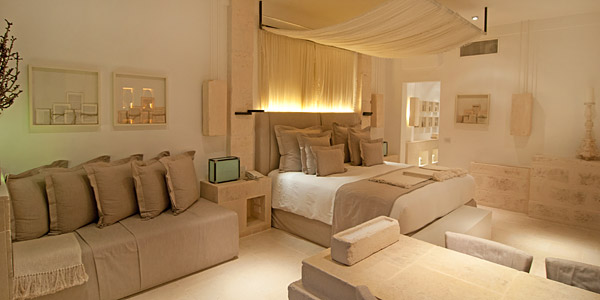
With such easy access to this charming, varied and (almost) always sunny area of Europe, it’s an obvious contender for the family summer holiday. As well as the draws listed above, the area offers myriad activities to keep young minds entertained. Head to the coast for windsurfing, kite-surfing, sailing and fishing, or move inland for horse riding, water parks, go-kart racing and a safari park in Farano. Top of the family-friendly tree is the village-like resort of Borgo Egnazia. A flawlessly designed collection of hotel rooms and private villas, it sits in total privacy and offers no end of activities, from a blissed-out spa and 18-hole golf course to a dedicated games room and various kids’ clubs to suit all ages.
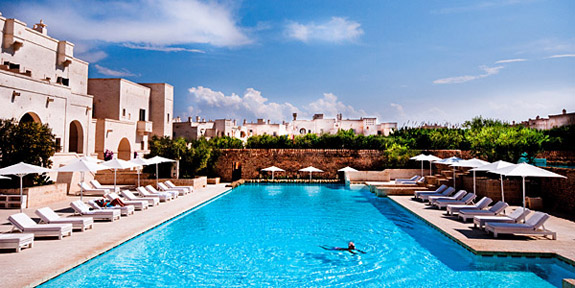
When to go
Puglia’s finest hour is spring (May-June), when the weather’s perfect, wild flowers run riot and the beaches and towns are uncrowded (though the sea is chilly). September and October are also great, especially as the sea has warmed up over the summer. High season runs from July to August, and the summer holidays are prime time for families. The region also hosts lots of food and music festivals in August, making it a particularly vibrant time to visit.

Our top tip
One of the most enjoyable ways to spend an evening in Puglia is to meander to the centre of whichever town you find yourself in. From around 8pm, you’ll notice more and more people arriving in the piazza to do little more than stroll and chat. This is called the passeggiata and it’s a charming element of Puglian daily life. Old men stroll back and forth, deep in conversation, while children play and their parents catch up on the day’s events. Grab a seat outside the nearest gelateria and enjoy.
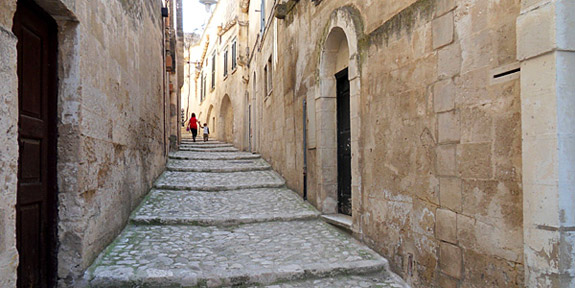
See our destination guide for more information on Puglia